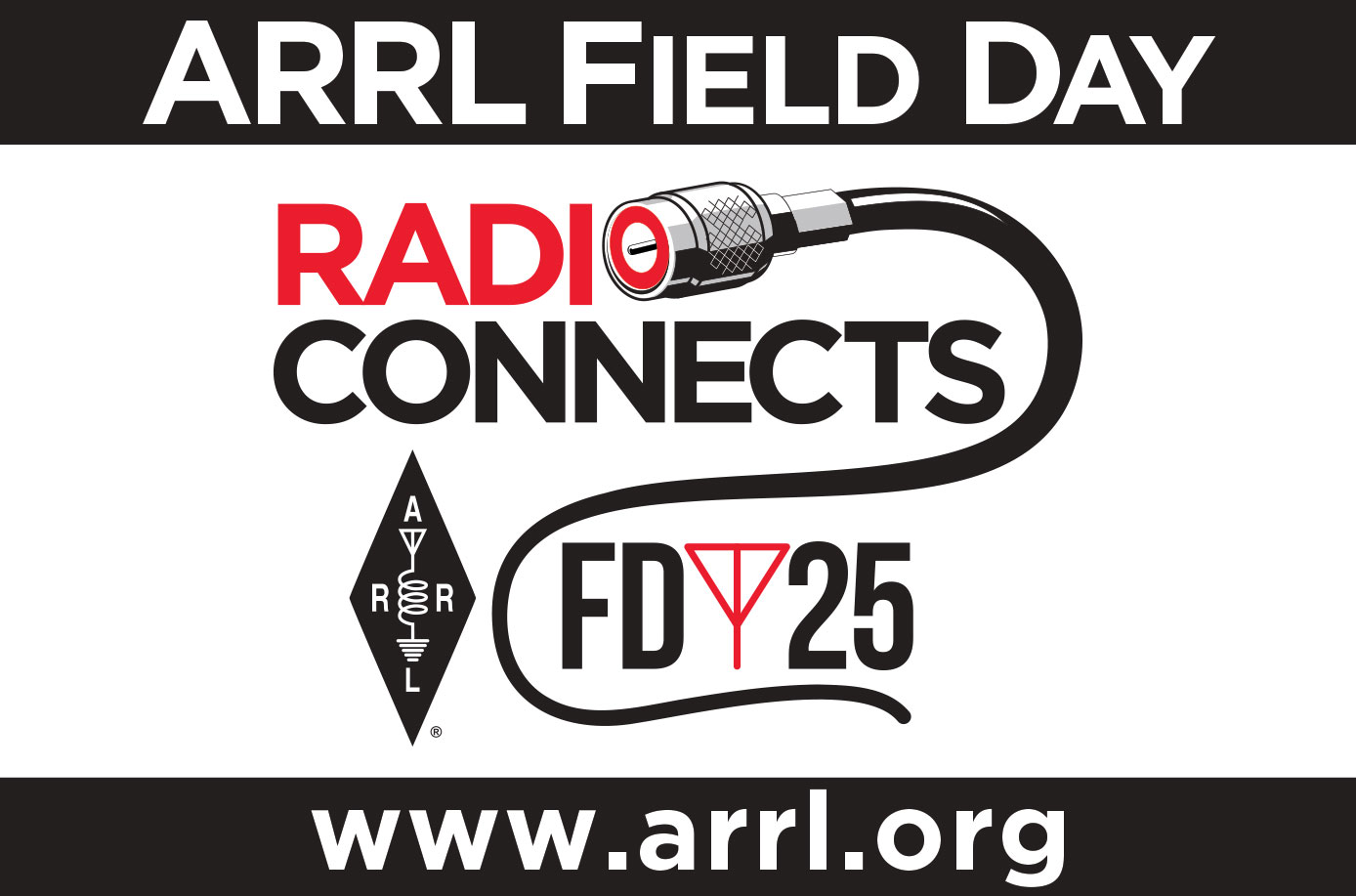Our Setup#
Generally, all of our stations will be run by two people – one person making the contacts, and one to help them log those contacts. Feel free to listen in and take a turn running either position! Please let us know what interests you, both role and station type, and we’ll coordinate with you to get you on the air.
Stations#
We will be running a class 2A Field Day setup: two transceivers running concurrently, in addition to the GOTA and VHF stations, deployed as a portable setup on battery, solar, or generator power (with no mains electricity).
Antennas#
Linked dipoles: Linked wire dipoles mounted on 60ft masts, for all bands between 80m and 6m. These are our primary antennas.
Hexbeam: A directional antenna for 10m, 15m, and 20m, primarily attached to the HF Phone station. A good antenna to use during the day.
VHF: Squalo antennas for 6m and 2m horizontally-polarized signals, and a vertical for 2m vertically-polarized signals.
UHF: An 8-element Yagi for the 70cm band.
On-site communications#
We’ll use 147.520 MHz FM simplex for local comms. Bring an HT and join in the local chat.
